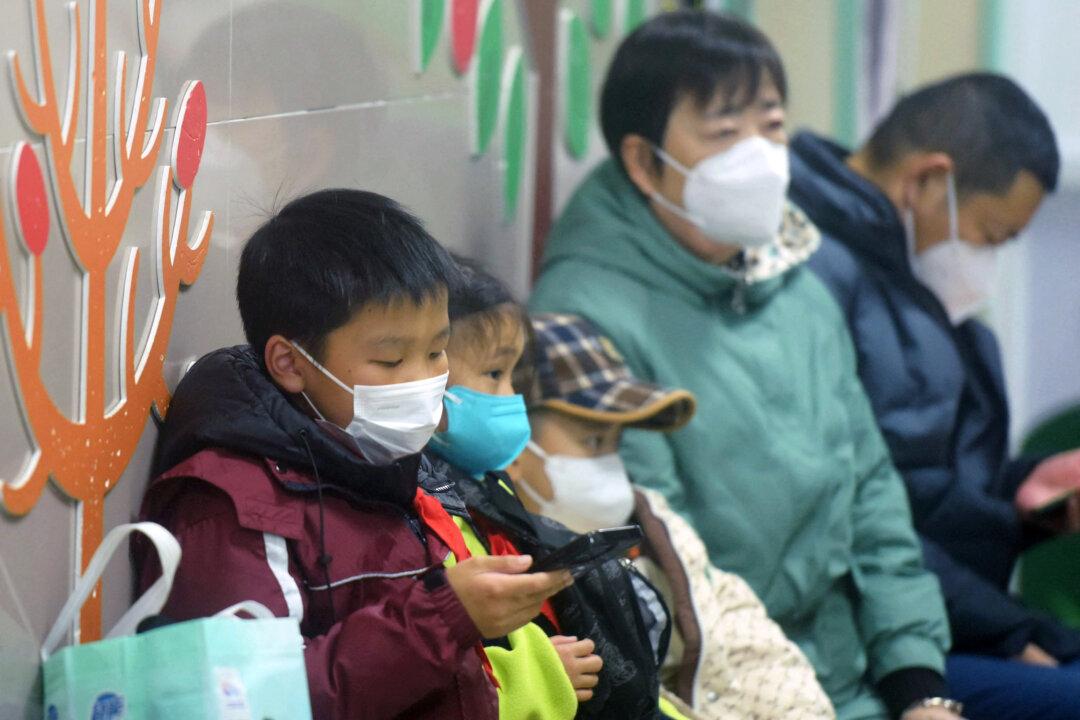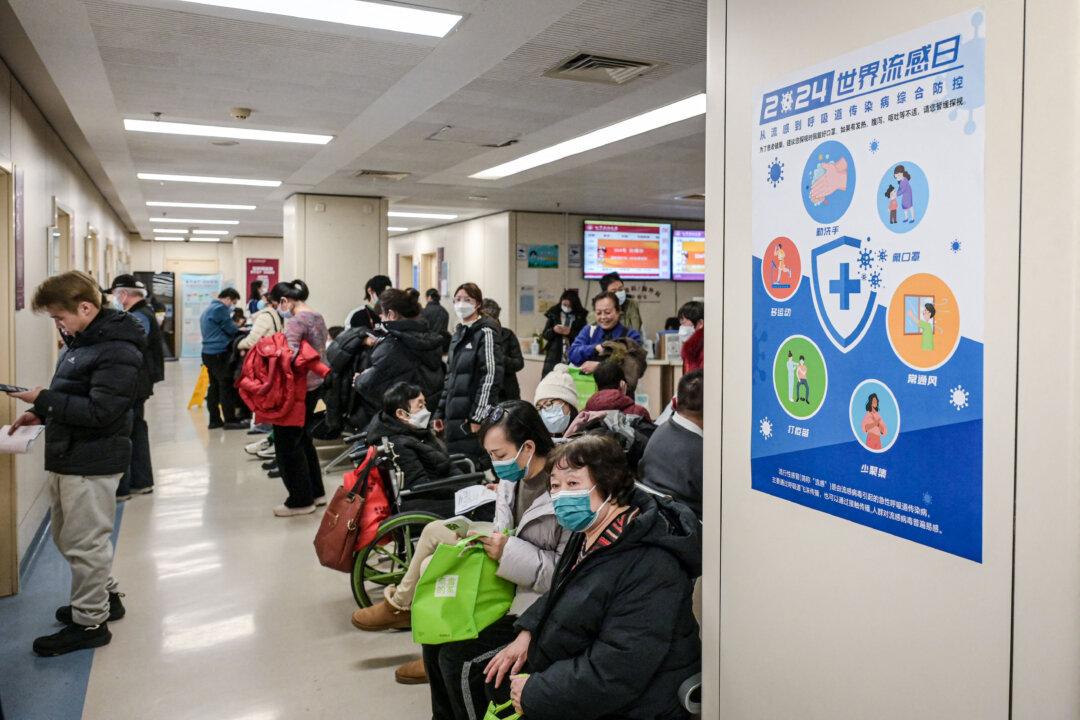Chinese leader Xi Jinping inspected the People’s Liberation Army (PLA) Air Force Airborne Corps headquarters in Xiaogan, Hubei Province, on Nov. 4.
According to the CCP’s official media Xinhua, Xi told the airborne troops to intensify training and boost combat readiness during the visit.
The Airborne Corps’ core mission is to “liberate Taiwan” as a rapid reaction unit. The PLA Air Force is believed to be essential in Xi’s plan to “unify” the self-ruled island nation with the mainland.
Xi, who is also the head of the CCP’s Central Military Commission, was accompanied by Vice Chairman of the Central Military Commission He Weidong, new Air Force Commander Chang Dingqiu, Political Commissar Guo Puxiao, and Director of the General Office of the Central Military Commission Fang Yongxiang during the visit, according to state media.
At the end of 2023, Ding Laihang, former commander of the PLA Air Force, who was considered a Xi’s loyalist, was purged.
Political commentator Yang Wei noted in an article published in the Chinese edition of The Epoch Times on Nov. 6 that in the Xinhua’s report, Xi did not mention “the absolute leadership of the Party over the army” or “obey the command of the Party Central Committee and the Central Military Commission” as he did in previous inspections of the military, nor did he talk about the military’s “loyalty” again.
“This is a very subtle and sensitive change. Xi’s speech avoided mentioning the control of the military. Who does the military obey now?” Yang wrote.
Zhang Youxia, a higher-ranking vice chairman of the Central Military Commission, who usually accompanies Xi on such occasions, was not present during the trip.
Current affairs observer Jintao Paian noted Zhang’s absence during Xi’s inspection of paratroopers in an article published on SecretChina.com on Nov. 6, “Zhang Youxia was replaced by He Weidong, besides the disappearance of Xi’s close confidant Cai Qi. Situation in Zhongnanhai [the CCP’s central headquarters] may be murky and shifting again.”
According to state media, during the trip, Xi also visited the Yunmeng County Museum in Xiaogan City, Hubei Province on the same day to view its famous collection of Qin Dynasty (221 to 206 BCE) artifacts known as “The Yunmeng Shuihudi Qin Bamboo Slips,” unearthed in Yunmeng in 1975.
U.S-based current affairs observer Li Linyi told The Epoch Times on Nov. 6 that every time Xi visits a historical site or artifacts, it sends a certain political signal, and “it always happens when he finds himself in a crisis.”
The first Emperor of Qin unified China. However, Qin was a short-lived dynasty brought down by rebellions triggered by the emperor’s massive construction projects and tyranny.

The famous Yunmeng Shuihudi Qin Bamboo Slips collection includes two of the earliest family letters in China. One of them is a letter from a soldier who was telling his family that his troop was preparing to go to war and they were in dire need of clothing and money. He asked his mother to send them to him as soon as possible. “If the families don’t send clothes, the soldiers will die,” the letter read.
Paian, the current affairs observer, wrote that the Qin letter could serve as “a hint to Xi Jinping: The invasion of Taiwan won’t get the support from the soldiers or their families, and the logistics won’t be able to keep up,” given China’s sluggish economy, and “in the end it will be all in vain.”






